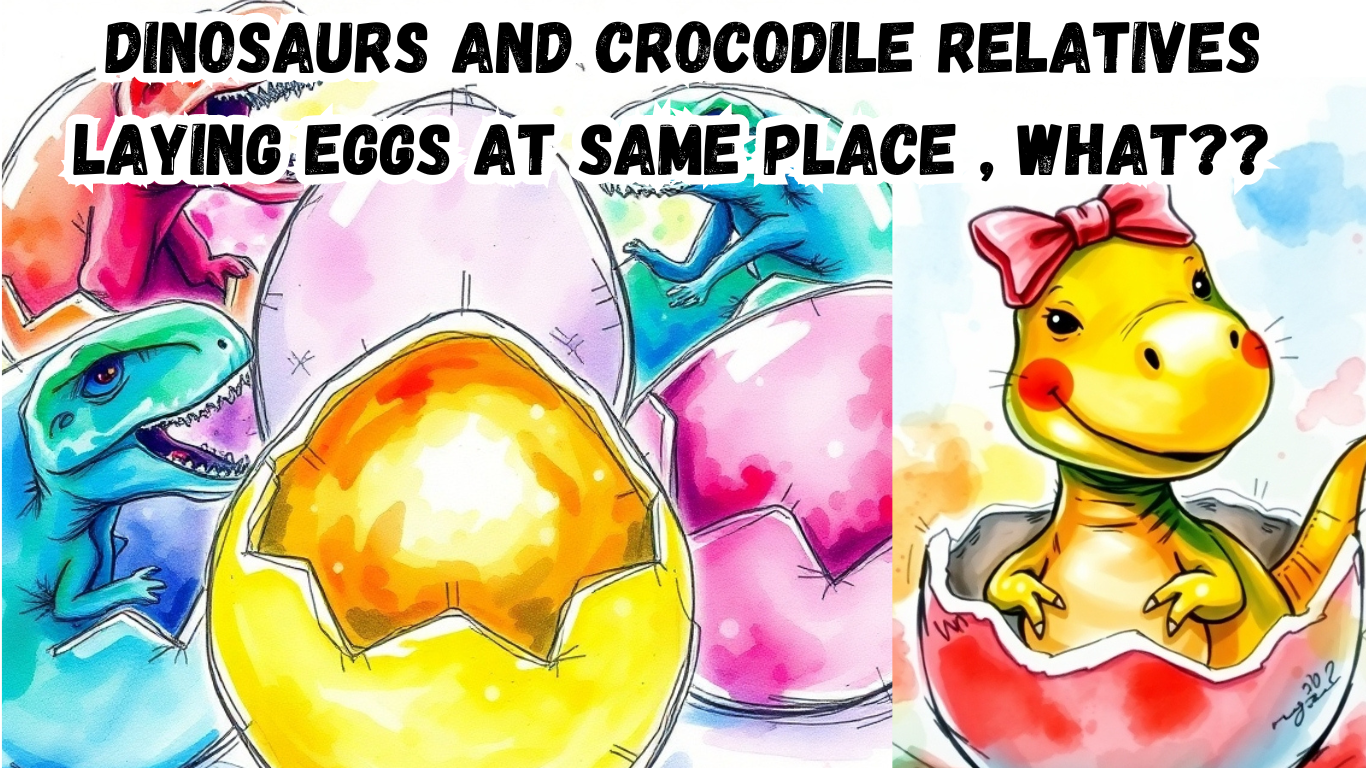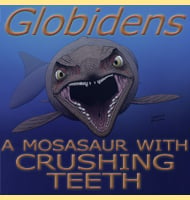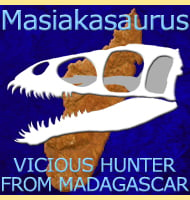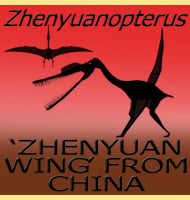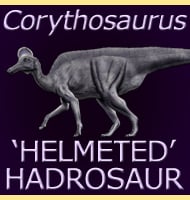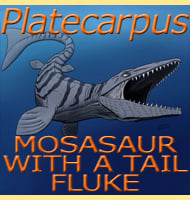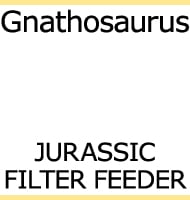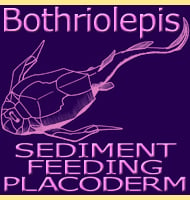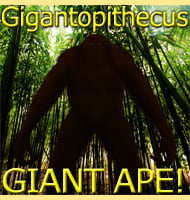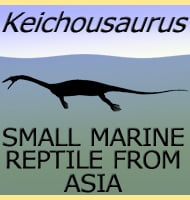Scientists have made a Big discovery in Utah, They found a diverse collection of fossil eggshells. This find isn’t just about old eggs; it changes what we know about life nearly 100 million years ago.
The eggshells reveal a far greater variety of creatures than previously thought, including dinosaurs and crocodile relatives.
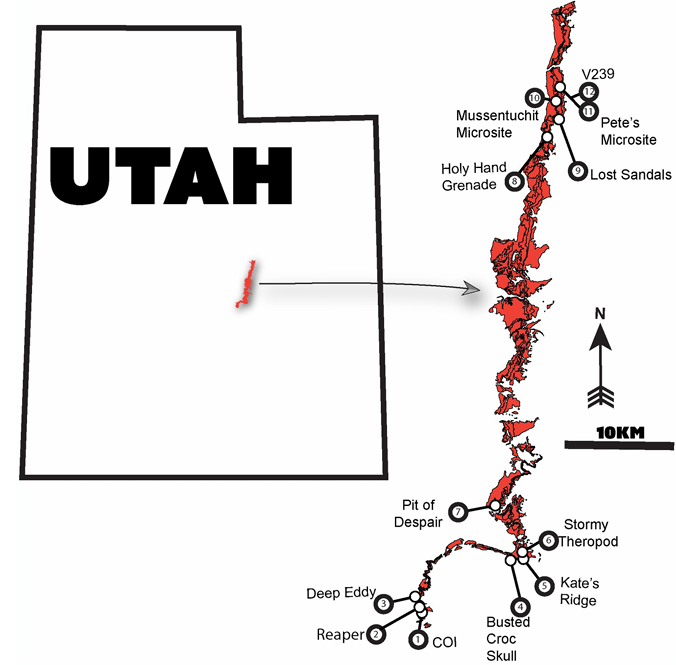
The eggshells were discovered in the Mussentuchit Member of the Cedar Mountain Formation. This area is already known for its many fossils.
The new eggshell finds add important details about the animals that lived there during the Late Cretaceous period.
Six Different Types of Eggshells were found
Researchers identified six different ootaxa. Ootaxa is a system used to classify fossil eggshells. This shows that many different species were laying eggs in the same area.
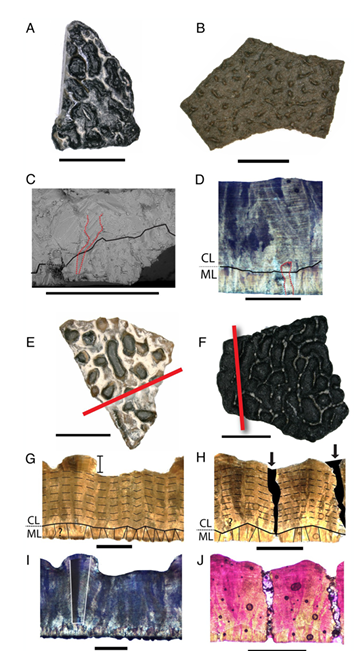
diagnostic features of microstructure.)
- Macroelongatoolithus: Giant, oblong eggs laid by huge oviraptorosaurs.
- Undulatoolithus: A rare find, previously known only from China.
- Continuoolithus: Noded eggshells from an early branch of theropods.
- Spheroolithus: Spherical eggs linked to hadrosaurs.
- Mycomorphoolithus: Crocodylomorph eggs.
Multiple species of Oviraptorosaurs were living in Utah
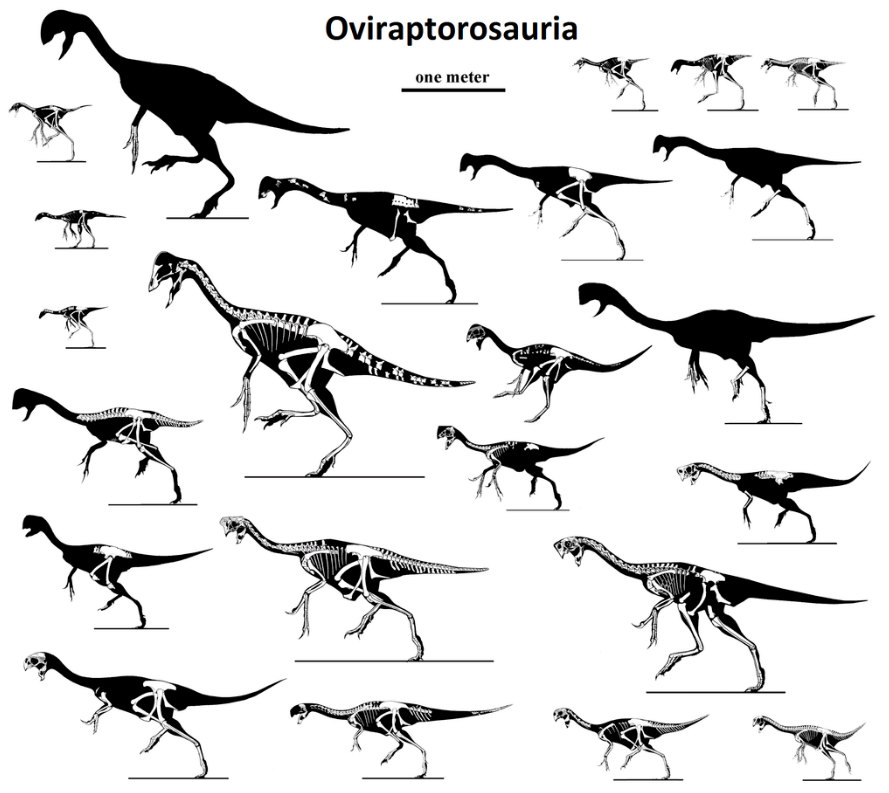
The discovery of three different types of Elongatoolithidae eggshells points to multiple species of oviraptorosaurs living in Utah.
Oviraptorosaurs were bird-like dinosaurs from Asia. The eggshells show that they thrived in North America as well.
Previously, only one type of eggshell, Macroelongatoolithus carlylei, had been identified in this area. The new finds show a much more complex picture.
First evidence of crocodylomorphs, ancient crocodile relatives
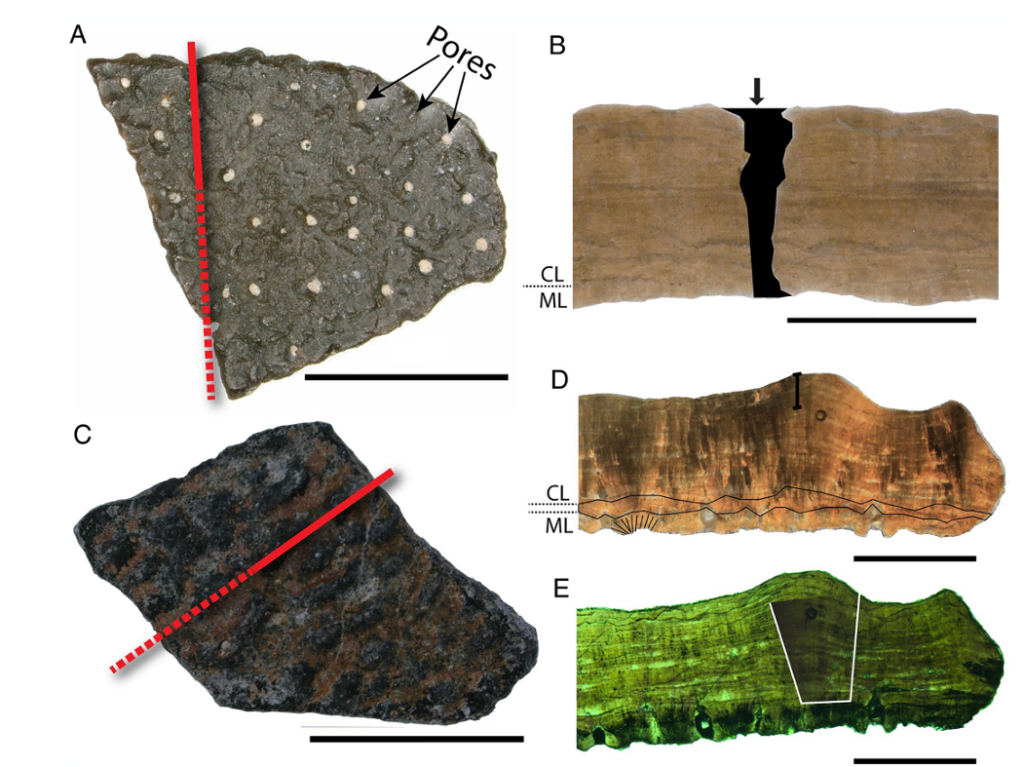
The discovery of Spheroolithus eggshells suggests that hadrosaurs, or duck-billed dinosaurs, were also present.
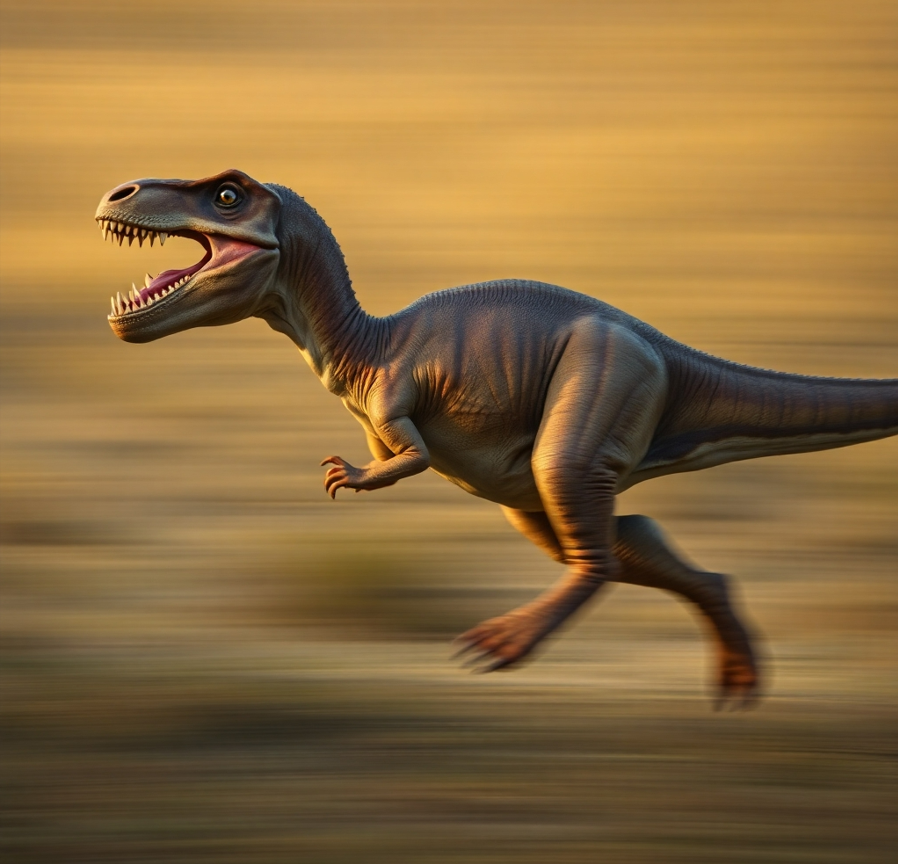
This pushes back the earliest known record of these eggs in North America by 20 million years. Mycomorphoolithus eggshells represent the first evidence of crocodylomorphs, ancient crocodile relatives, in the area.
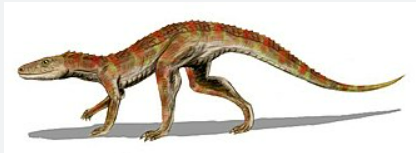
Why is it Important to Study these Fossil Eggshells ?
Fossil eggshells are important because they preserve differently than bones. They can help fill in gaps in the fossil record.
The eggshell discoveries in Utah provide a more complete picture of the animals that lived there during the Late Cretaceous period.
The Mussentuchit Member records the earliest occurrence of the oogenus Spheroolithus in North America. This helps bridge a gap in the North American fossil record of more than 20 million years.
for more details read Research Article.
